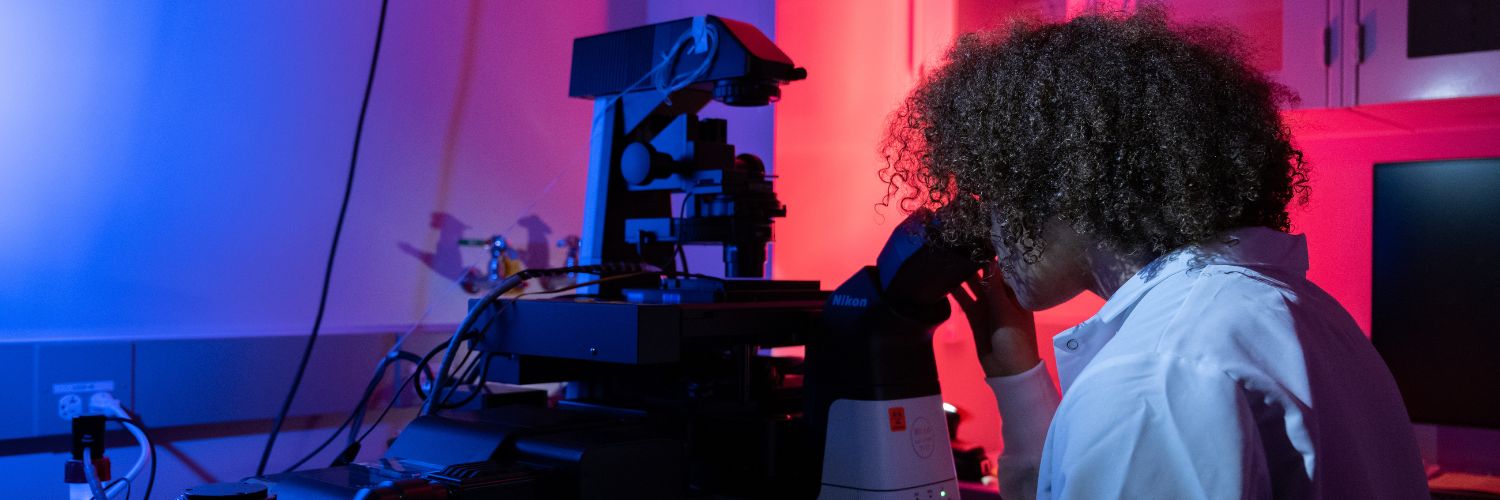
Sarafan ChEM-H
@Stanford_ChEMH
Bridging chemistry, engineering, biology & medicine to advance human health, transform research, and train the next generation of scientific leaders @Stanford
“Research at the interface of chemistry and biology has always been where I practice, and having a Nobel Prize in chemical biology is really great for the field,” said Bertozzi. “The field is not so old, but the impact is clear.” news.stanford.edu/2022/10/05/car…
Celebrate groundbreaking research by nominating a Stanford graduate student or postdoc for the 18th Annual Sammy Kuo Awards in Neuroscience! Submit materials by this Monday, July 28 at 5pm (PT). Learn more and nominate: neuroscience.stanford.edu/programs/commu…
Former CBI student @UcheMedoh uncovered the function of a protein that makes a fat molecule called BMP. When this machinery fails, it leads to toxic waste build-up in neurons, revealing a missing link that could lead to treatments of neurological diseases: stanford.io/4l23ApY
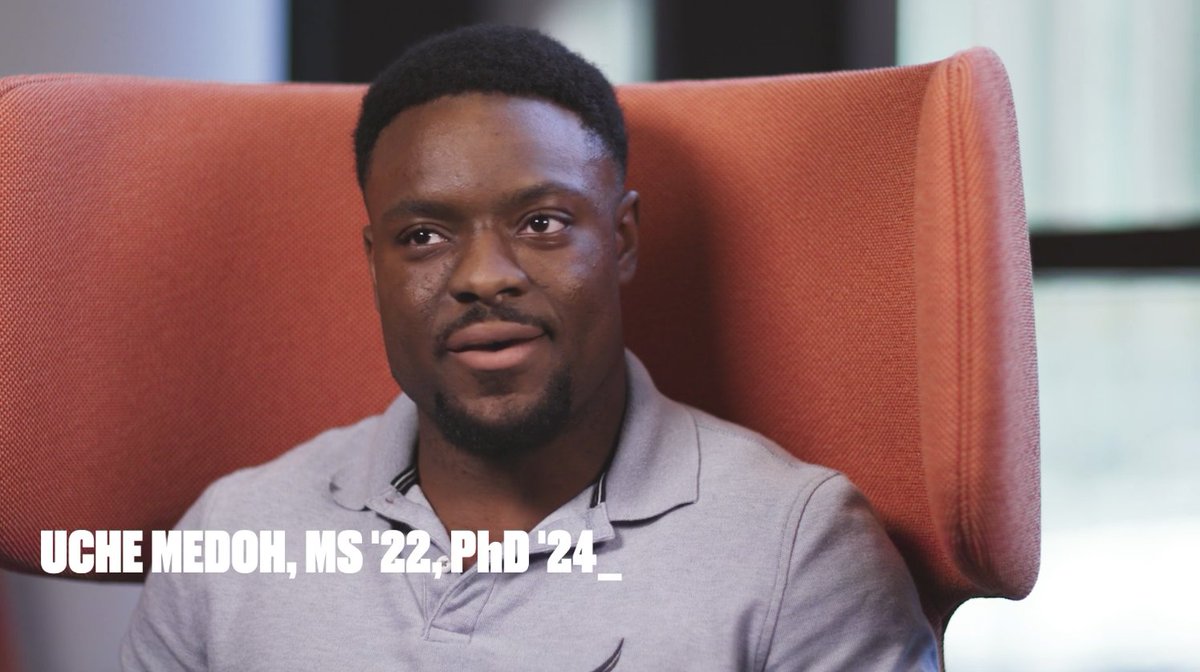
"You can literally lose who you are." Institute Scholar Monther Abu‑Remaileh and team are working to uncover the role of lysosomes, our cells’ recycling centers, in degenerative brain disorders in order to identify a cure: stanford.io/40PBG99
#ICYMI Congratulations to Institute Scholar Christopher Barnes @cobarnes27 for being named a Freeman Hrabowski Scholar! The Barnes lab is working on next generation vaccines and antibody-based treatments to tackle emerging RNA viruses. bit.ly/44PO4bM
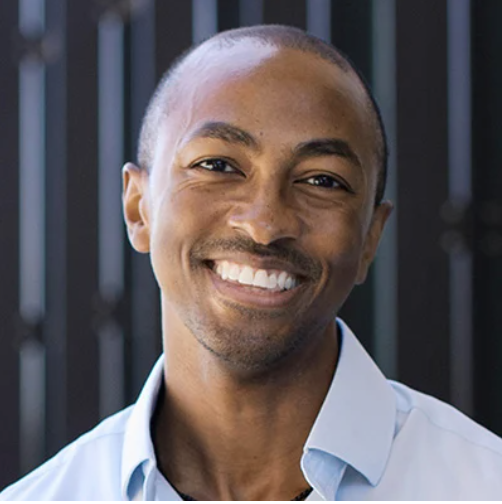
Check out a research highlight in @NatureBiotech about our work on CRISPR-TO led by @MengtingHan123 published in @Nature ! @Stanford_ChEMH @bioe_stanford nature.com/articles/s4158…
#ICYMI This year's Chemistry/Biology Interface (CBI) Retreat showcased cutting-edge research of grad students who take a molecular approach to advance human health & featured a keynote lecture + fireside chat w/ distinguished Prof. Paula Hammond @MITChemE: stanford.io/4nCPga2
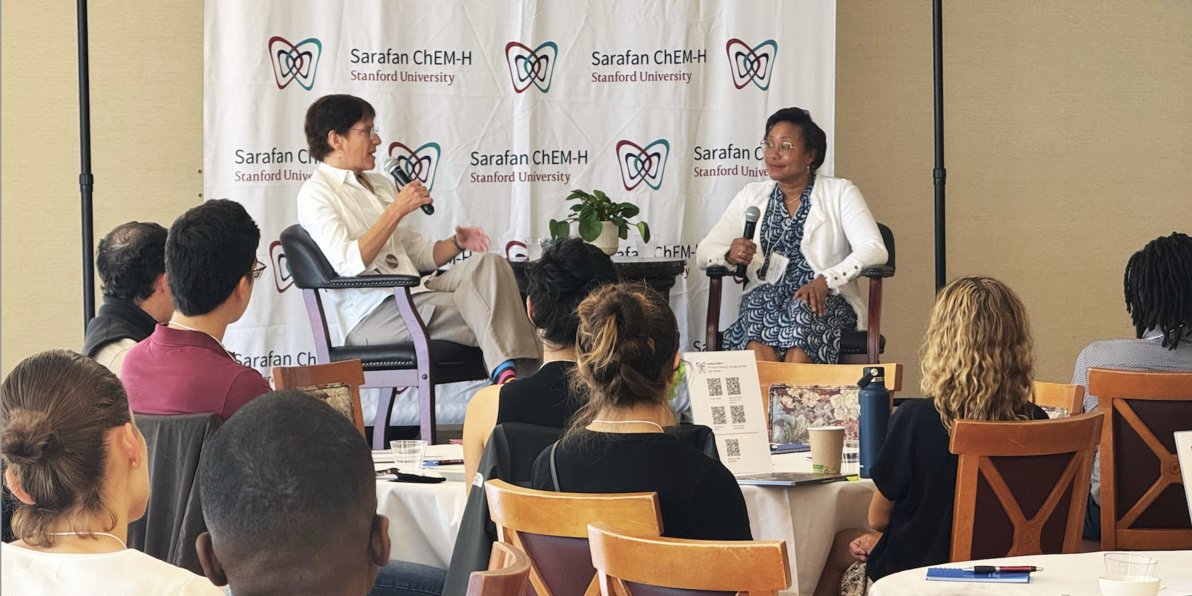
How has stroke research evolved, and where is it headed? In today's podcast, physician-scientist Marion Buckwalter shares how decades of scientific discovery have shaped what we know about stroke and why continued research is key to future progress. 🔗neuroscience.stanford.edu/news/how-basic…
Researchers in the @SynBioGaoLab use machine learning to lay the foundation for safer gene therapies that avoid unwanted immune responses: stanford.io/4ev3cOR
.@sophmshi , advised by @CarolynBertozzi & @wysscoray , was featured in a Q&A about her scientific journey, changes in the sugary coating on the blood-brain barrier during aging & her vision for starting her own lab to combat age-related brain decline: bit.ly/4kXFrBx
Stanford scientists are uncovering the cellular functions that go awry in degenerative brain disorders and identifying therapies that could treat them in the lab of chemical engineer and Knight Initiative affiliate Monther Abu-Remaileh. Read more: news.stanford.edu/stories/2025/0…
Institute Scholar @li_lingyin reflects on digging into the details of failed experiments and how failure analysis can catalyze scientific discovery—in her case, uncovering the role of an innate immune pathway in seeking and destroying cancer cells: stanford.io/43WBLdq
Professor Nathanael Grey @Stanford_ChEMH kicks off the afternoon session for the 20th BU-CMD symposium ! @BU_CMD
Wondering what to read this summer? With contributions from the amazing Sarafan ChEM-H community, we have curated a diverse and inspiring summer reading list along with a brief note on why each book was chosen: stanford.io/3TA7iM0

CBI co-director and annual retreat highlights; observing genome dynamics; finding clues to treat neurodegenerative disease; employee spotlight; summer reading list; and more in this edition of The ChEM-H Quarterly: bit.ly/3FMzng2
New paper! Fast matrix stress relaxation potentiates human monocyte 3D migration by generating protrusive forces and is dependent on the Cdc42-WASp axis. Thanks to our amazing collaborators! #viscoelasticity #mechanobiology @theChaudhurilab @Stanford_ChEMH pnas.org/doi/10.1073/pn…
“What we really hope to do is to form students who are going to be fluent in multiple scientific languages.” @JacobsWagnerLab joins @CarolynBertozzi to train the next generation of interdisciplinary scientists at Sarafan ChEM-H: stanford.io/3HHqHYL
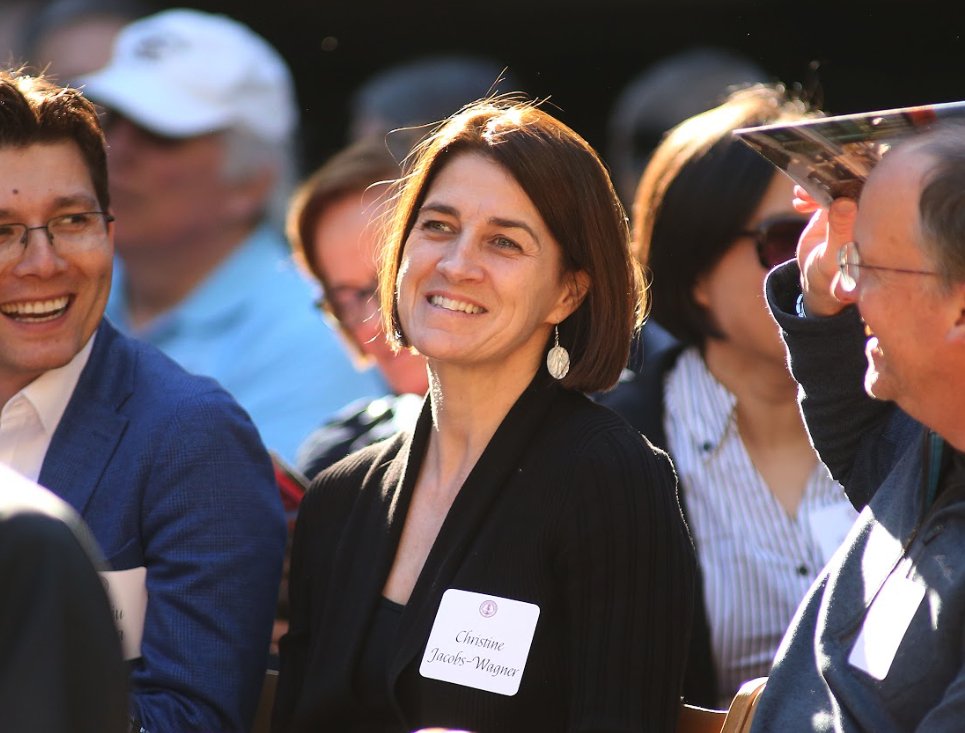
Congratulations to @alanshtung and the other graduates @StanfordMed class of 2025 @AttardiLaura @StanfordPath @Stanford_ChEMH
PhDone! 👨🎓 Grateful for the guidance and support of @longlabstanford in my graduate studies. And thanks to @stanfordcbio @Stanford_ChEMH for being such wonderful communities at Stanford 🙏 Appreciate my family and friends for the support 💪
A massive thank you to everyone at #CGCecDNA, especially our co-organisers @mischellab, Mariam Jamal-Hanjani and @HowardYChang, and all of our fantastic speakers! Together we’ll tackle the challenge of extrachromosomal DNA.
#CGCecDNA has begun! And what a fitting location at the historic @royalsociety. Paul Mischel (@mischellab @Stanford_ChEMH) got us started with a fascinating opening plenary.